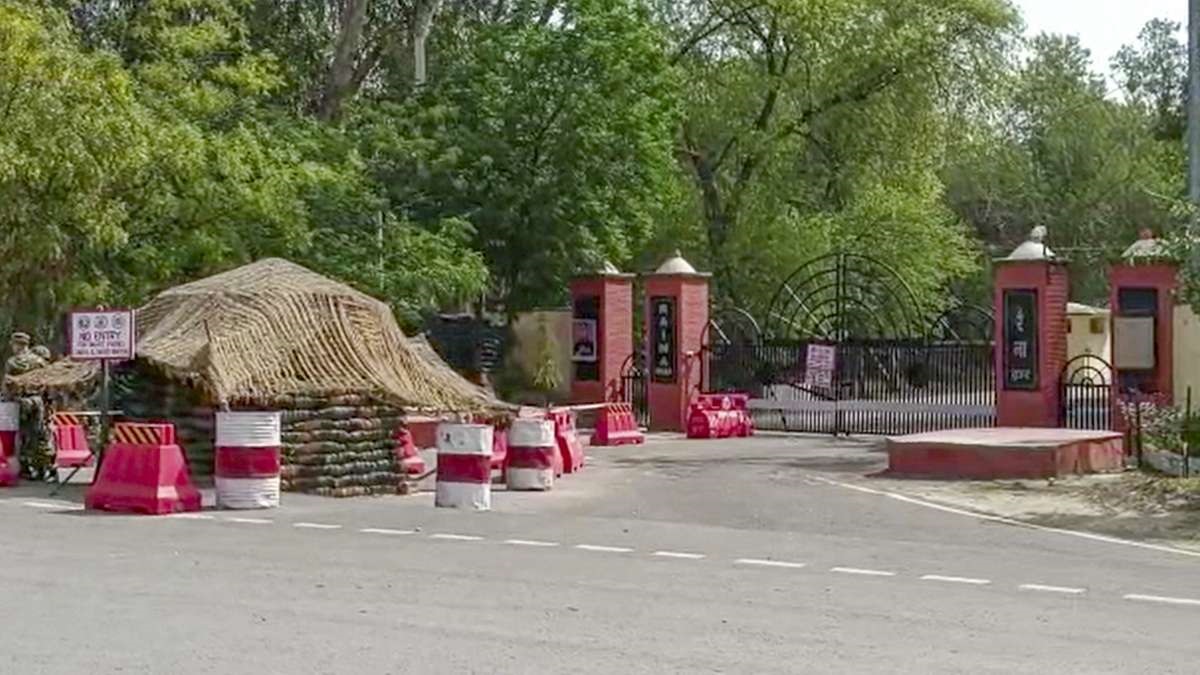India has announced plans to abolish 62 cantonments throughout the country in order to transform them into “exclusive military stations”. According to reports, the Indian Army will exercise “absolute control” over these areas, which will be carved out of existing cantonments. The civilian areas will then be merged with local municipalities, which will take responsibility for their maintenance. The move is designed to provide better benefits to civilians, including access to state government welfare schemes. The army, meanwhile, will be able to focus on the development of the military stations.
While some cantonments will be converted quickly, others will take longer due to the difficulty of demarcating the boundary between military and civilian areas. Yol, in India’s northern Himachal Pradesh state, will be the first cantonment to be renamed as a military station. However, not all cantonments are likely to become military stations, as army and civilian areas are intertwined in some locations.
The move has been met with mixed reactions, with some experts questioning the impact on civilians’ quality of life. However, officials insist that the merger will benefit all stakeholders. The Indian Army has long sought to establish greater control over cantonments, with the aim of improving security and streamlining administration.
Read More: Land transfer to army for corporate farming halted by LHC
India’s announcement comes as other countries in the region are grappling with similar issues related to military and civilian areas. In Pakistan, for example, the government has been criticized for using laws to censor criticism of the government and for failing to punish those responsible for attacks on journalists. In China, the government is regarded as the world’s biggest jailer of journalists, and there are concerns about the impact of propaganda and misinformation on the media.
The Indian government’s decision to convert cantonments into military stations is likely to be welcomed by the army and some civilians, but it remains to be seen how the move will impact quality of life and relations between military and civilian communities.



























